Retro Replay Review
Gameplay
Justice League: Task Force offers a classic 2D fighting experience reminiscent of mid-’90s arcade and console brawlers. Players can choose from six iconic Justice League heroes—Superman, Batman, Wonder Woman, The Flash, Aquaman, and Green Arrow—and duke it out in one-on-one combat. Each character comes with a unique move set, including punches, kicks, special attacks, and super moves that tap into their signature powers, such as Superman’s heat vision and The Flash’s lightning-infused speed strikes.
(HEY YOU!! We hope you enjoy! We try not to run ads. So basically, this is a very expensive hobby running this site. Please consider joining us for updates, forums, and more. Network w/ us to make some cash or friends while retro gaming, and you can win some free retro games for posting. Okay, carry on 👍)
The game features two main modes: Story Mode and Battle Mode. In Story Mode, the Justice League members are manipulated by the evil Darkseid, pitted against one another until the final confrontation with Darkseid himself and his henchmen Despero and Cheetah. This creates an interesting twist, as you may find yourself battling a fellow hero before teaming up to face the true villains. Battle Mode strips away the narrative constraints and lets you stage exhibitions with either hero or villain rosters, offering extra replay value for competitive play.
Controls in Justice League: Task Force are straightforward but can feel limited compared to more advanced fighters of the era. Combos require precise timing and rarely exceed three or four hits, and the special-move inputs are simple but sometimes finicky. However, the game compensates with a tension gauge that fills as you land attacks or take damage, eventually allowing you to unleash devastating super moves. While the move variety isn’t deep by modern standards, it’s accessible to newcomers and nostalgic for retro enthusiasts.
One notable design choice is the inclusion of environmental hazards in certain arenas—crumbling walls, electric floors, and sealed underwater stages—that can shift the momentum of a fight if you get cornered. This adds a strategic layer to positioning, encouraging you to learn stage layouts as much as enemy patterns. Overall, the gameplay strikes a balance between pick-up-and-play simplicity and enough depth to keep dedicated fans engaged.
Graphics
Justice League: Task Force captures the spirit of the DC Universe with colorful, hand-drawn sprites and detailed backgrounds. On the original Sega Genesis and SNES hardware, character animations are smooth for the time, though some frames feel stiff when compared to arcade counterparts. Despite hardware limitations, each hero and villain is instantly recognizable, thanks to bold color palettes and distinctive costume designs.
Stage designs draw from classic Justice League locales—Gotham City rooftops, Luthor’s orbital lab, Aquaman’s sunken ruins—infusing each match with thematic flair. Background animations, such as lightning flashes or creaking machinery, lend atmosphere without distracting from the core action. During super moves and cinematic finishers, the game briefly shifts camera angles or displays full-screen effects, heightening the dramatic impact of each takedown.
Cutscenes in Story Mode rely heavily on static comic-book–style panels with text overlays. While not as dynamic as hand-animated sequences, these panels provide enough context to drive the narrative forward. Character portraits and facial expressions are well-rendered, conveying moments of shock, determination, or triumph without excessive dialogue. The visual storytelling is concise yet effective for fans seeking a comic-inspired experience.
Color depth varies slightly between console versions—the SNES offering richer hues and smoother shading, while the Genesis version leans on higher contrast and sharper outlines. Neither version features pixel-perfect clarity by today’s standards, but both present an appealing retro aesthetic that complements the Justice League brand. For collectors and nostalgia seekers, the graphics deliver a satisfying trip back to the 16-bit era.
Story
At its core, Justice League: Task Force presents a straightforward narrative: the world’s greatest heroes must unite to stop Darkseid’s invasion. However, Darkseid’s cunning plan first forces the heroes to fight one another, sowing distrust and confusion. As you progress through Story Mode, each victory unveils another layer of Darkseid’s influence, leading to confrontations with his powerful lieutenants Despero and Cheetah.
The game’s brief comic-book panels and on-screen text capture the essence of a Justice League epic, even if dialogue is kept to a minimum. Moments of hero-versus-hero combat carry emotional weight thanks to dramatic captions and evocative artwork. Fans of the comics will appreciate seeing classic matchups—Batman trading blows with Superman or Wonder Woman sparring with The Flash—before the team finally bands together to face the true threat.
Story pacing is brisk, with each character’s path culminating in a showdown against a Darkseid lieutenant, followed by a climactic battle against Darkseid himself. There’s limited exploration or side objectives; the narrative is driven purely through sequential matches. While this linear approach may feel simplistic to modern gamers, it mirrors the rapid action of comic arcs and keeps the focus squarely on the fighting.
Though the plot doesn’t delve deeply into character backstories or motivations, it provides enough context to justify the battles and showcase each hero’s unique abilities. The contrast between hero-on-hero skirmishes and the climactic hero-team showdown underscores the stakes of Darkseid’s scheme. For players craving a quick, action-packed storyline that celebrates the Justice League mythos, the narrative delivers on its promise.
Overall Experience
Justice League: Task Force stands as a solid, if somewhat dated, entry in the roster of licensed superhero fighting games. Its accessibility makes it easy for newcomers to jump in and learn basic combos, while the tension gauge system rewards players who master timing and positioning. Though the move lists are not as deep as genre leaders of the time, the inclusion of both heroes and villains in Battle Mode adds variety and extends the game’s lifespan.
Fans of the Justice League lore will find plenty to love: faithful character designs, evocative stages, and a storyline that pits heroes against one another before rallying them against a common foe. The audiovisual presentation, while constrained by 16-bit hardware, effectively evokes the comic-book atmosphere. Cutscenes and text panels may feel sparse by modern narrative standards, but they strike a balance between storytelling and nonstop action.
Competitive players may notice limitations in combo depth and frame data quirks, yet these quirks also lend the title its own charm. Whether challenging friends in local exhibitions or working through the Story Mode gauntlet, there’s a sense of classic fighting-game nostalgia that permeates every match. The ability to select villains like Despero and Cheetah in Battle Mode further spices up the roster, turning each fight into a “what-if” scenario.
Overall, Justice League: Task Force is best enjoyed by retro gaming enthusiasts and die-hard DC Comics fans who want to experience the Justice League’s roster in a head-to-head brawler. While it may not rival the technical polish of later fighting titles, its blend of recognizable heroes, atmospheric stages, and straightforward mechanics makes it a worthwhile addition to any collector’s digital shelf or retro-console library.
 Retro Replay Retro Replay gaming reviews, news, emulation, geek stuff and more!
Retro Replay Retro Replay gaming reviews, news, emulation, geek stuff and more!
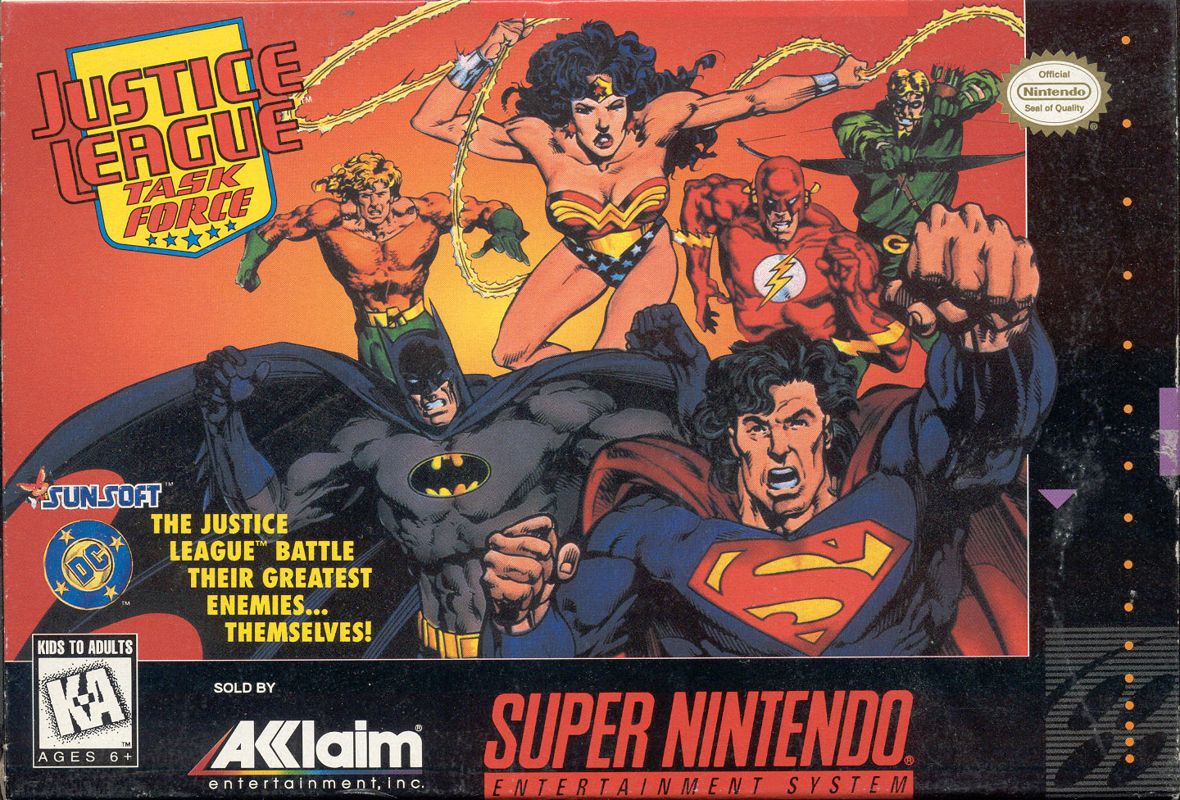
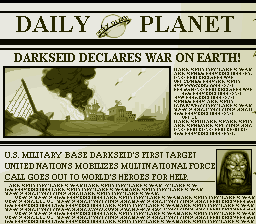
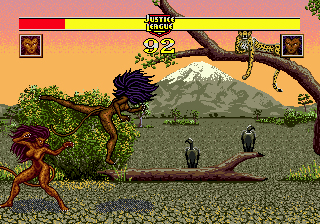
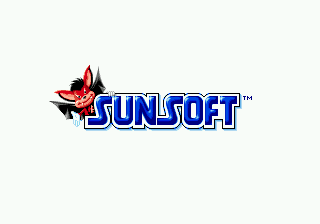
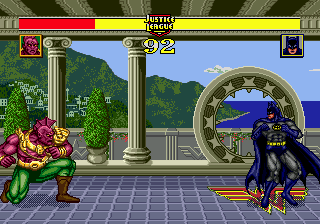
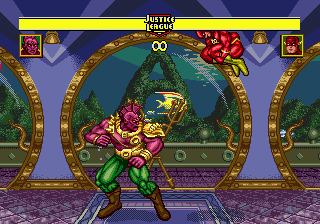
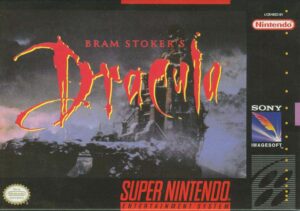

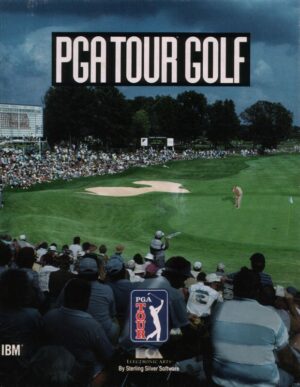
Reviews
There are no reviews yet.